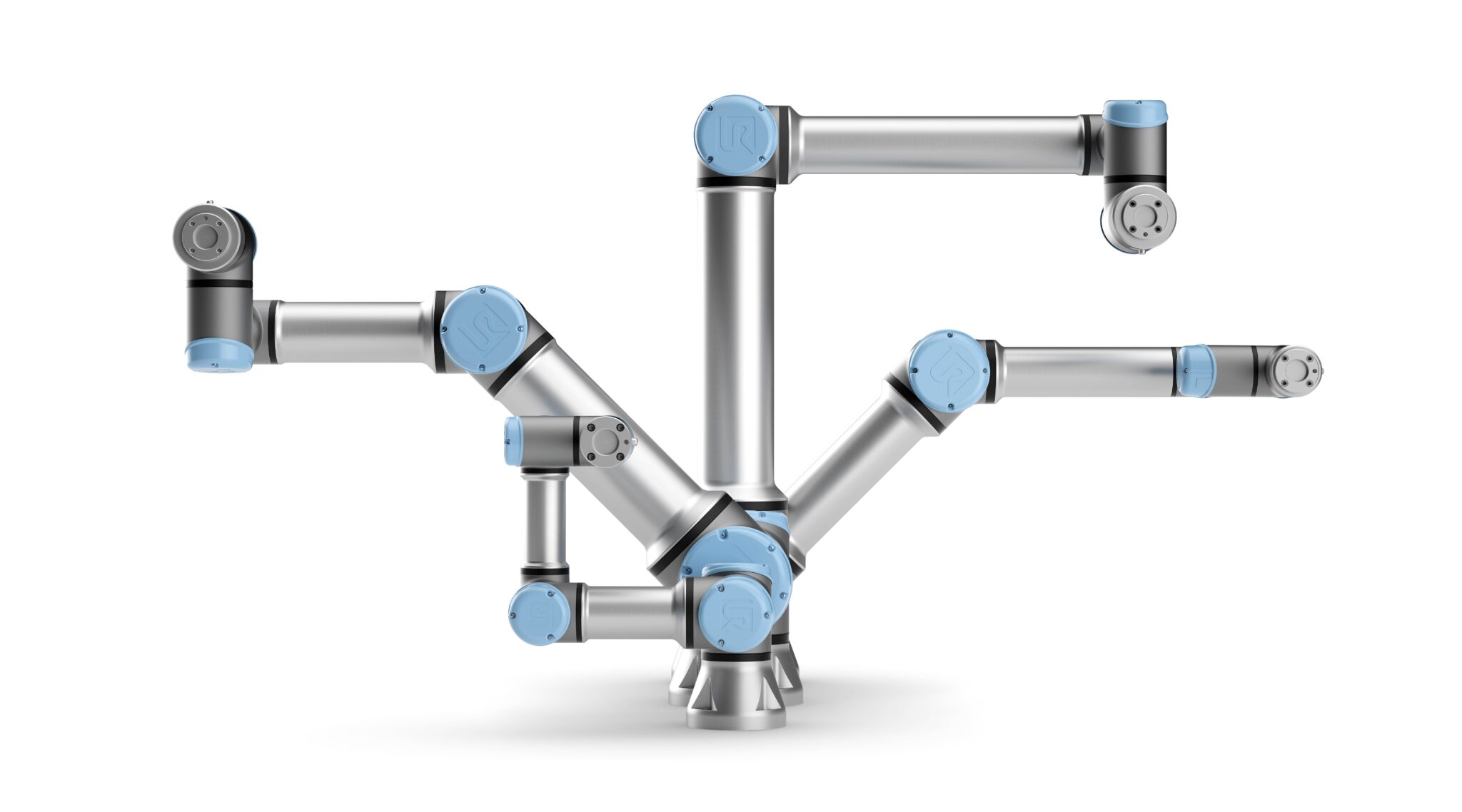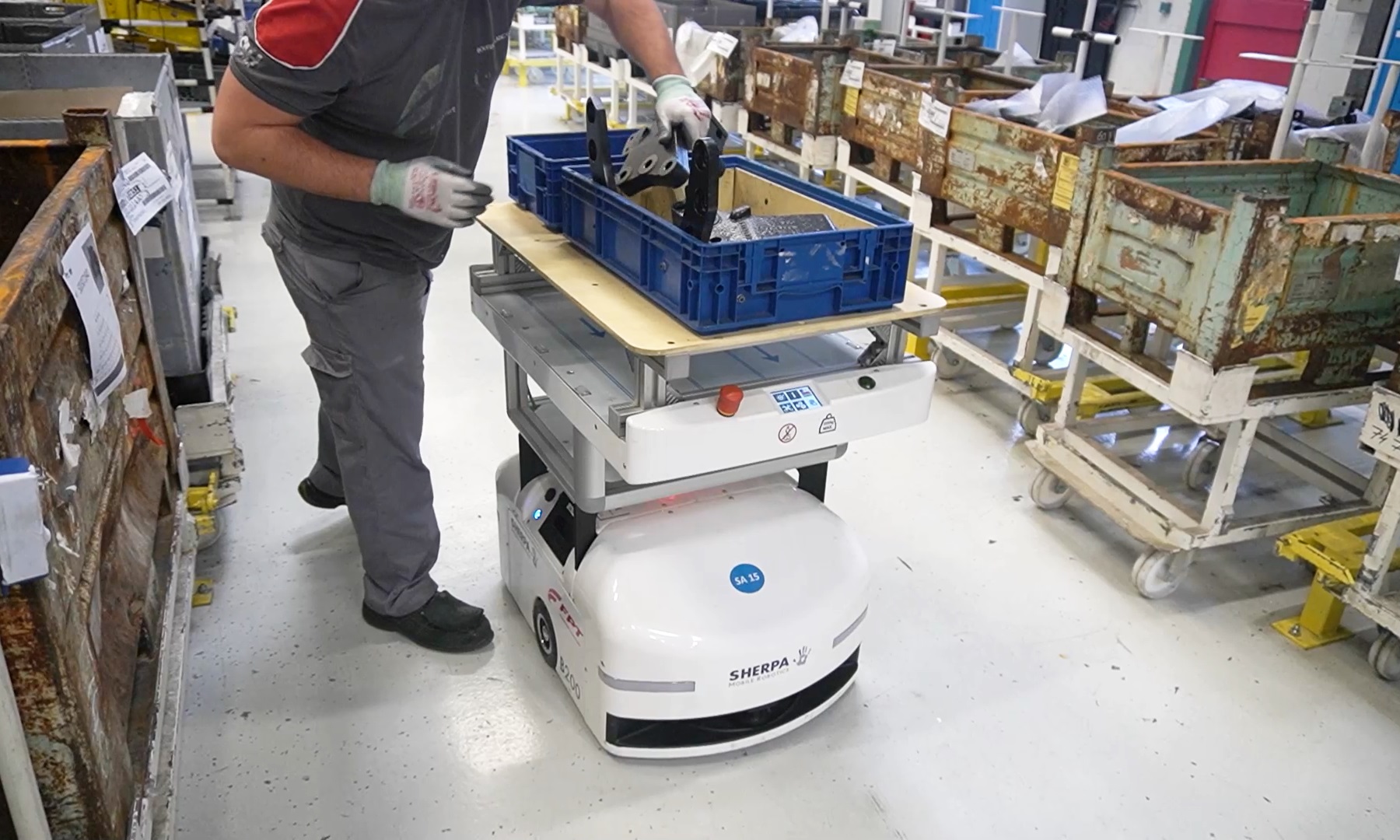Which system is best suited for automated production supply and disposal? Automated forklift trucks and warehouse trucks, underride AGVs or tugger trains? Answers to these questions were provided by the STILL experts on 30th March 2021, during the webinar “Automated Guided Vehicles (AGVs) for Production Logistics” and based on practical examples.
The most important answer up front: there is no such thing as the ‘jack-of-all-trades’ in this area either. There are strengths and weaknesses in each system, depending on the application.
However, it is a fact that the automation of production logistics significantly increases profitability in production. This is a point on which Noë van Bergen, Head of Automated Solutions at STILL, Florian Kratzer, International Key Account Manager Automated Solutions and expert for underride AGVs at the Hamburg-based intralogistics provider, and Herbert Fischer, Head of Business Segment Tugger Train at STILL, agreed during the event.
To achieve this, however, it is important to find the right balance in terms of time, money, energy and manpower. This depends on many factors, such as the choice of load carriers, the type of warehouse, the form of material transfer as well as the space available in the production area.
Automated forklift and warehouse trucks
Compared to underride AGVs and tugger trains, automated forklift trucks and warehouse equipment are particularly effective when existing manual processes are automated without significant changes, according to Noë van Bergen. The equipment is ideally suited to deal with existing infrastructure, such as rack or floor storage locations.
“Forklift and warehouse technology solutions show their advantages not only horizontally, but also vertically,” argued the expert. In addition, there is the load compatibility. The forklift and warehouse technology-based equipment is capable of transporting very different load carriers, such as pallets or wire mesh boxes, even from great heights in the warehouse to different transfer points in production. In addition, these automated vehicles are also cost-effective.
Van Bergen: “Forklift and warehouse technology-based applications in production supply have a really good return on investment. Most of the time we talk about a return on investment (ROI) of less than three years.”
Underride AGVs
Florian Kratzer spoke out in favour of the underride AGVs, which – in contrast to STILL’s automated forklift and warehouse technology solutions – were designed as automated guided vehicles (AGVs) from the outset.
“The vehicles are small enough to fit under the load carriers and can handle loads of up to 1.5 tonnes thanks to the integrated lifting mechanism. With excellent manoeuvrability, they can easily reach almost any position in production,” emphasised the STILL expert, who particularly praised the great flexibility of this automation solution:
“When comparing different systems, they feature the best accessibility in the field of product transfer. They can reach even deep into production areas – right up to the production worker on the assembly line.” This is due to the minimal space requirements of the underride AGVs, as their dimensions are limited to the size of the load carrier.
Kratzer: “We can easily carry out just-in-time deliveries with them. In addition, this provides a basis for automated dynamic route optimisation on the system side. And this at very low cost. Because with the deckload vehicle, costs are definitely well below those of a forklift truck and even below those of a tugger train.”
Tugger train systems
For Herbert Fischer, the tugger train is the tool of choice when it comes to automating production logistics. “If the system is planned correctly, tugger trains in production can combine both delivery and disposal of load carriers at the respective station in just one step. To be specific: Three tugger train systems handle roughly the same amount of material, for which the other two systems require up to about 15 vehicles, causing a lot of traffic in all directions. Bundled transport offers clear advantages here,” reasoned Fischer.
However, he also admitted that, especially at the beginning as well as in the case of full automation, considerable investment is necessary for a tugger train installation.
Fischer: “Due to the small number of units required, however, this investment is also kept within limits.”
Conclusion
So which is really the ideal solution for automating production logistics?
While the forklift truck clearly scores in terms of the infrastructure of the transfer points as well as the required buffer space for pallets, the underride AGVs stand out in terms of space requirements. They can manoeuvre far into the production area and thus get exactly to where the goods are needed. The bundled tugger train systems, on the other hand, prove their strengths especially in the improvement of lean production processes, such as sequencing.
“We see that the choice of automation in production logistics depends very much on the application. At STILL, we decide together with our customers on the best solution for their particular application following detailed consultation. At the end of the day, we do not sell the individual product, but suitable solutions for the respective requirement,” concluded Noë van Bergen.











